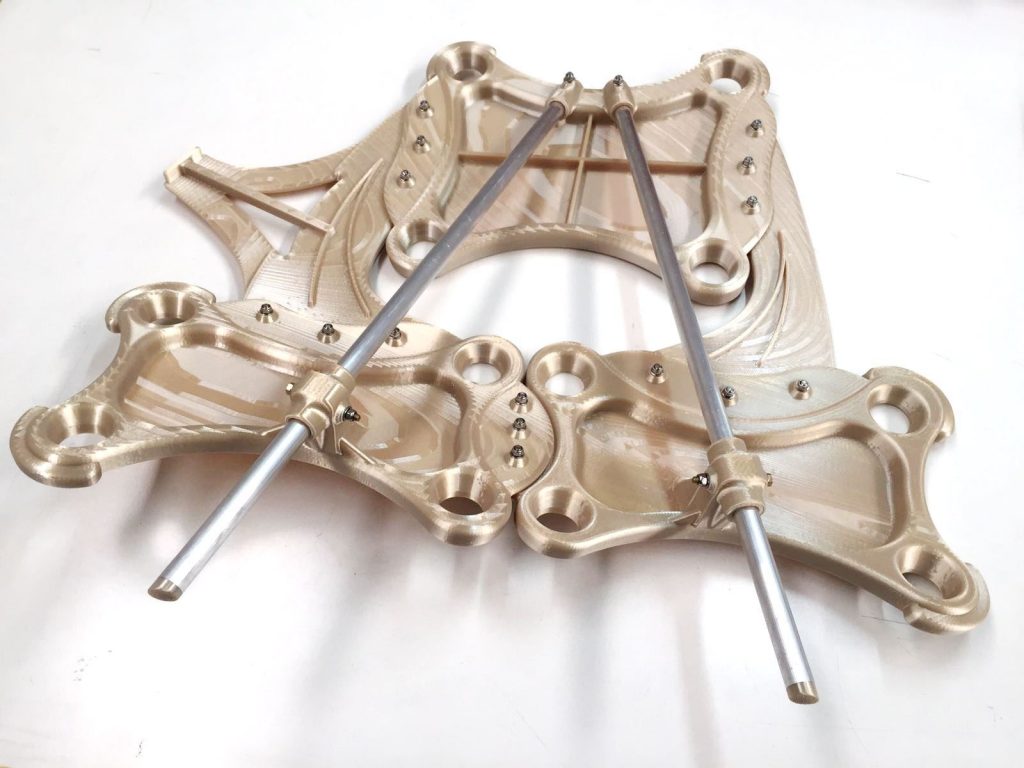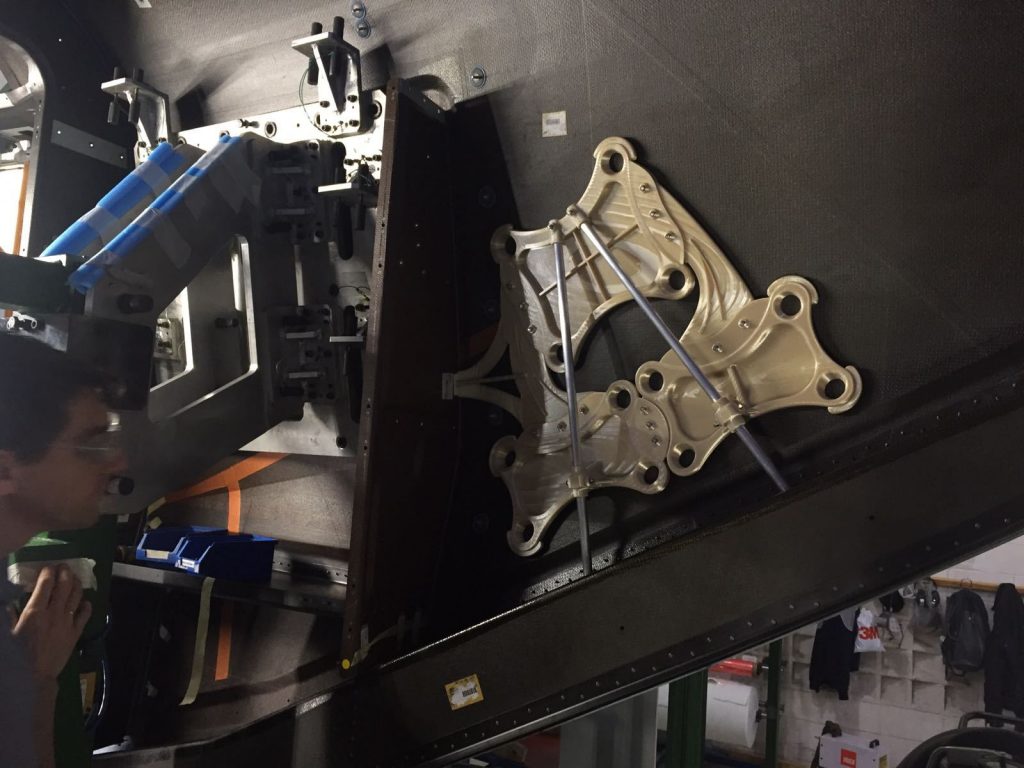Spanish aerospace and engineering company Indaero has secured the business of a number of Tier 1 and Tier 2 Airbus suppliers. The new contracts, including one with Aernnova – manufacturer of the Airbus NH90 Helicopter, have been attributed in part to 3D printing, an effort Indaero believes has been “a game-changer” for its production.

3D printing maximizes productivity
Indaero uses a Fortus 450mc 3D printer to make custom-fit tooling for a variety of aircraft. In one example use case for Aernnova, Indaero has used 3D printing to completely redesign a tool used to fix a slide box to the interior of a helicopter wing.
Made of plastic, the new tooling is 9 kilos lighter, and cheaper, than its conventional, 12 kilo, aluminum counterpart. Usually the tool would also require two operators to hold it in place and mark drill holes. The new design is capable of standing on its own, and fits perfectly to the curvature of the wing.
Darío González Fernández, CEO of Indaero, explains,
“The 3D printer has been a game-changer for us,”
“The ability to 3D print curved production tools in robust materials made us realize the importance of having tools that perfectly fit the panel,”
“Not only does it make the work of our operators much easier, it frees up resources and increases our overall productivity,”

Material performance
Components on the 3D printer are made using Stratasys’ high performing ULTEM 9085, a material standardized for use in Airbus A350 XWB since 2016. González was keen to highlight the role the material had in securing new Indaero contracts, he says, “The importance of the ULTEM 9085 material cannot be understated either. It has become an integral part of our production process, as it is certified for aerospace and well known by our customer Airbus for a number of aircraft applications.”
The material, a relative of high-performance PEEK and PEKK, has a unique high strength-to-weight ratio, and is has aerospace-grade clearance for its flame resistance, and the low levels of smoke and toxicity released when it is burned.
FDM & tooling
FDM 3D printing has been a welcome addition to tooling, for both aerospace and automotive industries. Also using a Fortus 450mc 3D printer GKN Driveline has managed to cut car production lead times by 70%. Elsewhere, the Portugese branch of Volkswagen, and the U.S. Navy have adopted desktop FDM 3D printers for tool design.
To stay up to date with all the latest additive trends subscribe to the 3D Printing Industry newsletter, like us Facebook and follow us on Twitter.
Nominate the best 3D printing applications now in the 2018 3D Printing Industry Awards.



